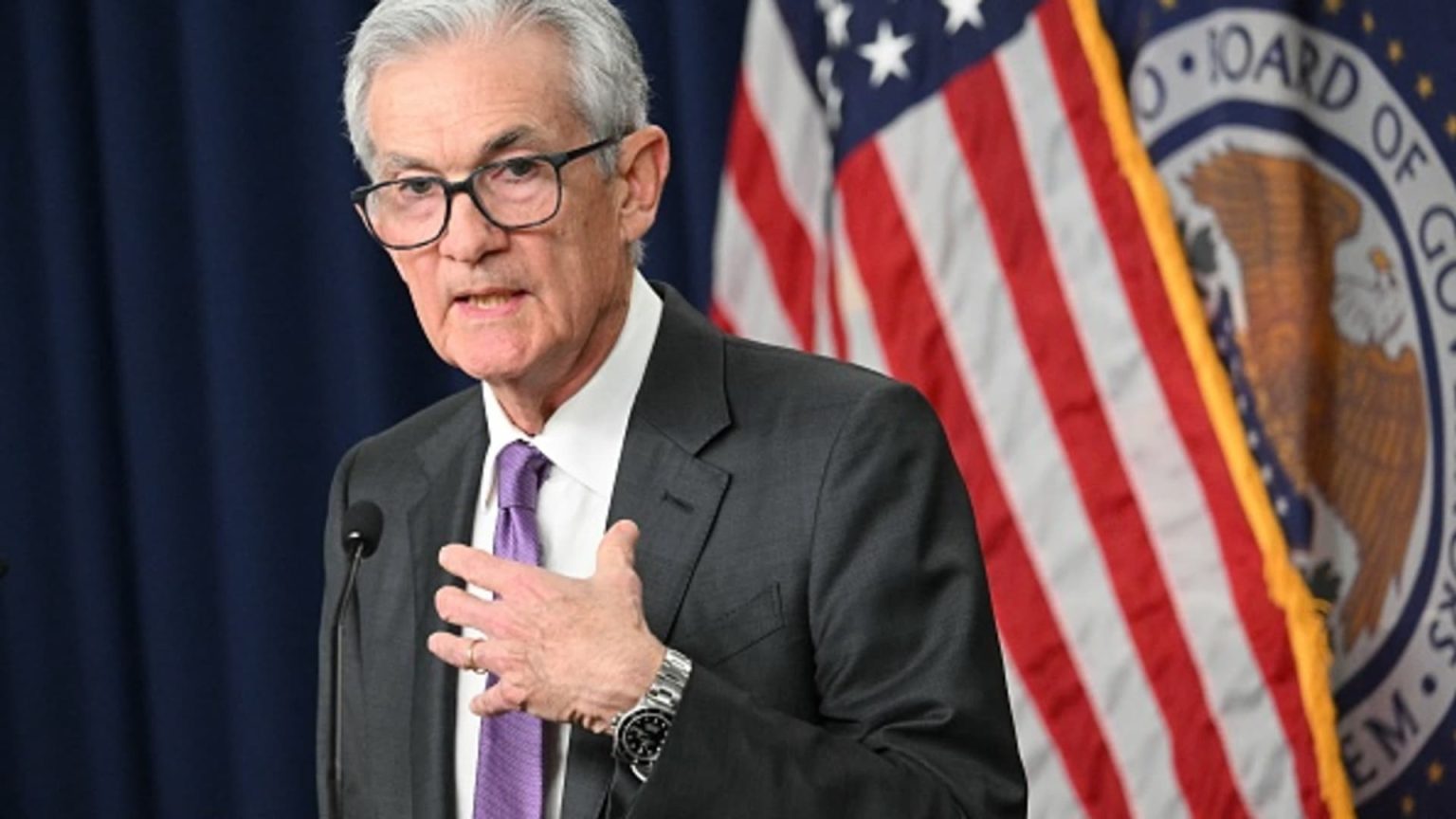The Federal Reserve made the decision to keep interest rates unchanged, continuing to battle with rising inflation. The central bank kept its benchmark rate between 5.25% and 5.50%, a level that has been maintained since July 2023. They did, however, announce a slowing in the pace at which it is reducing bond holdings on its balance sheet. The Fed cited a lack of progress in bringing inflation back down to its 2% target as a reason for not reducing rates further. The committee also acknowledged risks in achieving stable prices and full employment but noted that progress has moved towards a better balance over the past year.
Federal Reserve Chair Jerome Powell stated during a news conference that inflation is still too high and there is uncertainty in bringing it down. Investors were reassured by Powell’s comments that a rate hike was unlikely to happen in the near future, causing the Dow Jones Industrial Average to rise. The Fed announced that starting in June, it will reduce the monthly cap on Treasury bond holdings as part of its program of “quantitative tightening” that began in June 2022. This reduction in the balance sheet roll-off is seen as a slight easing measure amid concerns about inflation and slow economic growth.
Despite inflation being lower than its peak in mid-2022, data from 2024 has shown that it remains above the Fed’s 2% target. Gross domestic product grew at a lower-than-expected rate in the first quarter, raising concerns about stagflation with high inflation and slow growth. The Labor Department’s employment cost index also showed an increase, adding to the uncertainty in financial markets. Traders have had to adjust their expectations for interest rates, with the outlook now leaning towards only one rate cut by the end of the year instead of the previously expected six cuts at the start of the year.
Fed officials have emphasized the need for patience in easing monetary policy, waiting for confirmation that inflation is moving back towards the target. There is near unanimity among officials for a cautious approach, with some even mentioning the possibility of a rate increase if data does not align with expectations. The FOMC will have a chance to update their calls for rate cuts at the June meeting.
In summary, the Federal Reserve chose to keep interest rates unchanged in response to rising inflation concerns. The Fed also announced a reduction in the monthly cap on Treasury bond holdings as part of its efforts to gradually ease monetary policy. Despite progress in bringing inflation down from its peak, concerns remain about the overall economic growth and stability. The shifting expectations for rate cuts and the cautious approach by Fed officials reflect the uncertainty faced in the current economic environment. The Fed’s decision-making process will continue to evolve as they navigate the balance between inflation, employment, and economic growth.













